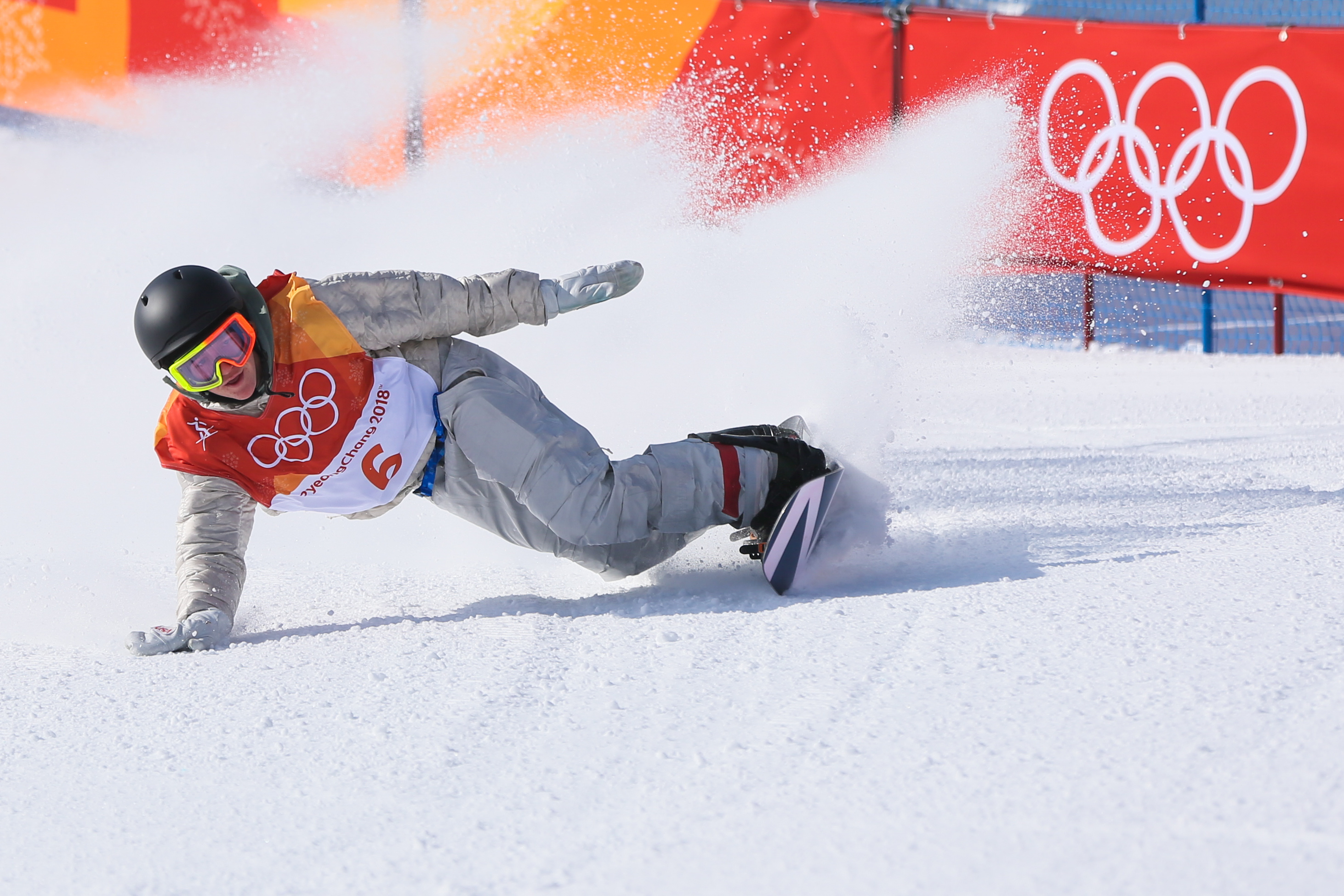
***
As a public school teacher, I could not have agreed more with President Trump last week, when he said, “We have to harden our schools, not soften them” in response to school shootings.
Trump’s directive was echoed by other conservatives. Instead of fewer guns, they said, we need more guns in schools — especially in the hands of teachers. We also need more metal detectors, more alarm systems, more cameras, and more security guards. Again, I couldn’t agree more.
The problem is, Trump isn’t taking things far enough. After all, schools aren’t the only places that mass shootings occur. Children aren’t the only ones who need protecting. I think it’s high time we started “hardening” a few other places too.
Let’s start with one place that’s notoriously atrocious at security: our churches. Just a few years ago some psycho opened fire during Sunday mass in South Carolina, killing nine worshippers. Any good conservative knows these atrocities are easily prevented if our churches would beef up the perimeter.
Let’s be realistic: it’s not like everyone gets into Heaven, right? So why should just anyone be able to walk into a church? Not only do churches open their doors to all comers on Sunday (where’s the armed guard?), but many of them leave their doors open all week long so people can wander in and pray. Can you say, “soft”?
Forget open hearts and open arms. It’s time for metal detectors. We’ll set up shop in the vestibule. Want to take communion? Better get patted down first. Shooters would think twice if they knew Father Jack was packing heat under his robe. The choir better be on key — and locked and loaded too.
***
But let’s not stop with our churches. There’s another place that mass shootings have occurred — in fact, in 2015 in San Bernardino, 17 people were shot at one of these. Frankly, they’ve always been soft. It’s time to bring them in line with the modern crime environment.
I’m talking about Christmas parties. This year, instead of bringing a bottle of wine and a gift for secret Santa, bring your Glock, too. No one’s crashing the Hadlock Insurance Group’s holiday get-together if they think Joyce from Accounting’s got a 9 millimeter tucked under that ugly Christmas sweater. Bad guys take notice: you’re not just standing under the mistletoe, you’re standing in the crosshairs.
***
But forget churches and Christmas parties. There’s another place that’s seen almost as many mass shootings as schools, and is just as badly in need of hardening. Back in 2009, 13 people were killed in a shooting at one of these places. Four years later, another shooting happened at the exact same one. How weak is that? If you believe that Trump’s got it right — and I do whole-heartedly — clearly these places need to work on getting tough. Trump tells us that tighter security, more armed guards, better drills, and more employees carrying weapons will deter shooters. So clearly these particular places need to step it up with all of those.
So what are these soft, soft targets?
Military bases.
Come on, U.S. military! If Trump is right about guns being the answer, you all must be doing a terrible job. It’s high time the U.S. military started working on getting more of their employees armed. Because as we know, that’s what really works in preventing mass shootings. I have no doubt that’ll improve their odds of deterring violence on military bases, just like it’ll work perfectly with American public schools.
It’ll all be pretty seamless, after all. Even though most teachers have never shot a weapon, I’m sure they’ll have no trouble adapting to their new role as physical protector of their students. After all, plenty of people sign up to put themselves in harm’s way — police, fire fighters, soldiers. I’m sure that this new role won’t cause any of our teaching candidates to feel squeamish and choose another career.
After all, just because you love kids doesn’t mean you can’t love the idea of shooting guns at people. I’m sure that even though we’ve got a perennial teaching shortage in the United States, and even though 50% of teachers leave the profession within five years due to poor working conditions, nobody’s going to be further deterred simply because they have to be prepared to, say, shoot an attacker in the face. I can’t imagine that in addition to the hurdles faced by teachers — lack of time, money, and resources — they’ll be much bothered by the ever-present reminder that they might be attacked by an active shooter. They’ll probably just forget about it, walking through metal detectors, practicing drills, and keeping a gun in their desk. I’m sure that won’t dominate their thoughts.
And I’m quite sure that in addition to all of the roles teachers are expected to play — therapist, disciplinarian, role-model, snack-opener, writing coach, lunch monitor, bullying-preventer, and self-esteem-raiser, they’ll be just fine adding the role of security guard.
I’m sure that the serious implications that come with keeping a loaded gun in the classroom — “I would engage in a gunfight for your children,” and “I would kill another human for your children,” and finally, “I would take a bullet for your children” will all be easy for teachers to wrap their minds around. I’m sure they won’t want to switch professions, especially if you don’t pay them any more, which, let’s face it, you won’t.
It’ll all work perfectly. What could go wrong?




